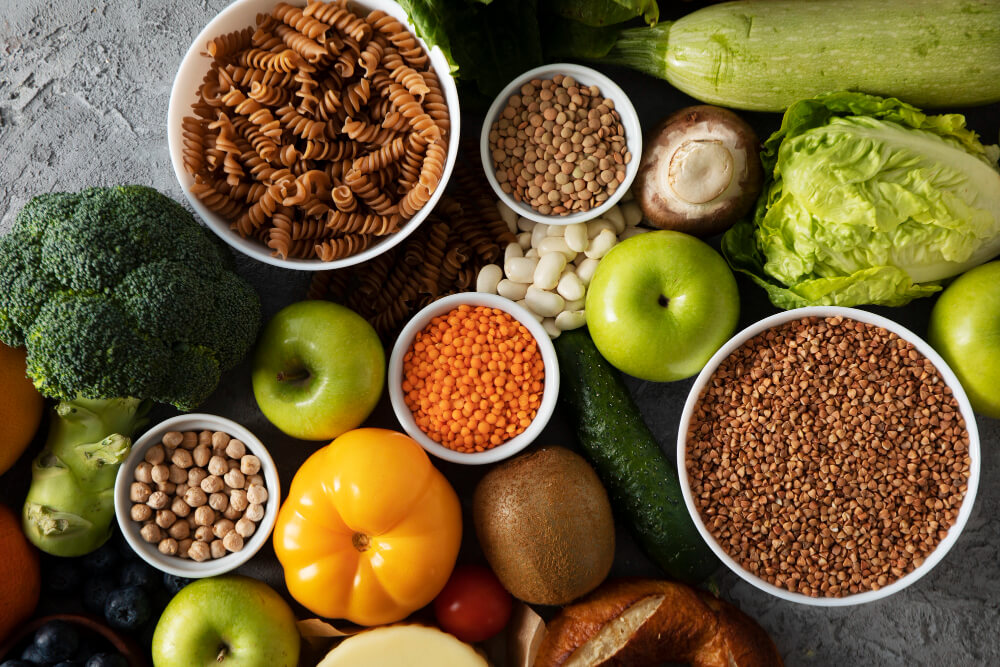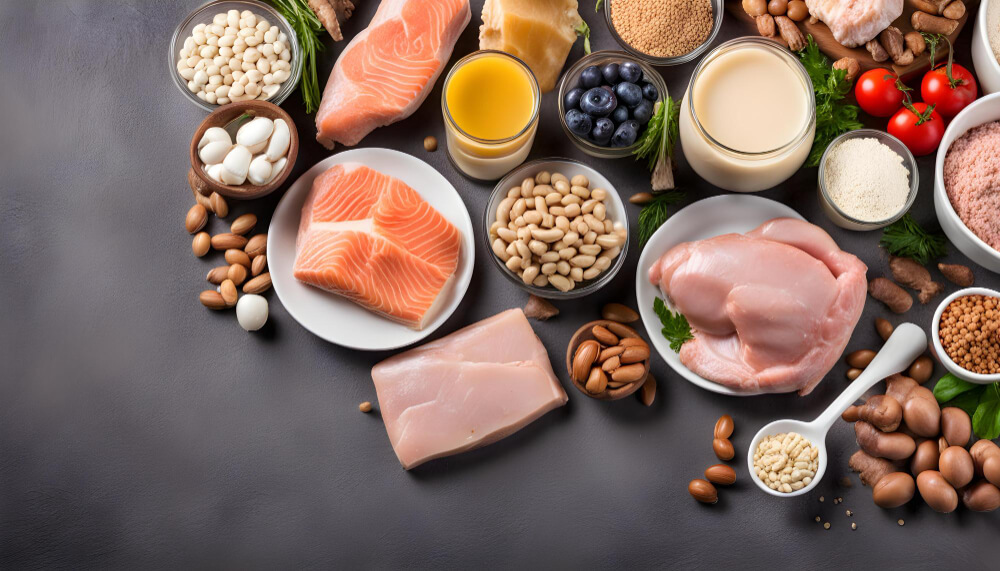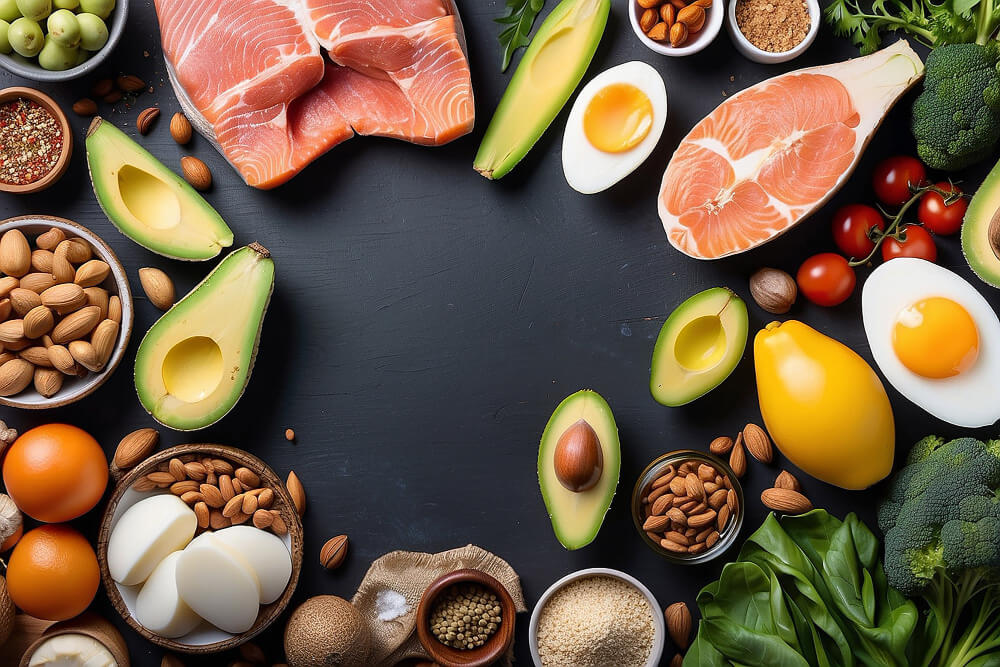Insulin resistance is a growing concern, particularly in the modern world where sedentary lifestyles and poor dietary habits are becoming more common. As someone who has been managing insulin resistance for a while, I understand the importance of diet in controlling this condition. I want to share what I’ve learned, backed by science and my personal experience, so you can feel empowered to take control of your health too. Whether you’ve just been diagnosed or have been managing insulin resistance for years, the role of diet can’t be overstated.
What is Insulin Resistance?
Before we dive into diet strategies, let’s take a step back to understand what insulin resistance actually is. Essentially, it’s a condition where your body’s cells don’t respond properly to insulin, a hormone produced by the pancreas that helps regulate blood sugar (glucose) levels. When you eat, your body breaks down carbohydrates into glucose, which enters the bloodstream. Insulin helps transport that glucose into your cells, where it’s used for energy.
However, if you have insulin resistance, your cells become less responsive to insulin, making it harder for glucose to enter them. As a result, your pancreas produces even more insulin to compensate, and over time, this can lead to elevated blood sugar levels, potentially progressing to type 2 diabetes.
Key Symptoms of Insulin Resistance Include:
- Fatigue, especially after meals
- Brain fog
- Weight gain, particularly around the belly
- High blood pressure and cholesterol levels
- Skin tags and darkened patches of skin
If any of these symptoms sound familiar, you’re not alone. It’s estimated that about one-third of adults in the U.S. have insulin resistance, though many don’t realize it.
The Importance of Diet in Managing Insulin Resistance
Managing insulin resistance is crucial to improving your health and preventing type 2 diabetes. While exercise, sleep, and stress management also play important roles, diet is one of the most powerful tools you have in your control. The foods you eat directly impact your body’s insulin sensitivity, and making the right choices can help reverse or manage insulin resistance effectively.
The Role of Carbohydrates
One of the most significant dietary factors to consider when managing insulin resistance is carbohydrate intake. Carbohydrates are your body’s main source of glucose, so naturally, they have the biggest impact on your blood sugar levels. However, not all carbs are created equal, and this is where the magic of dietary choices comes into play.
Refined carbohydrates (like white bread, pastries, and sugary snacks) cause a rapid spike in blood sugar levels, which triggers a large release of insulin. Over time, this pattern can worsen insulin resistance.
On the other hand, complex carbohydrates (found in whole grains, vegetables, and legumes) are digested more slowly, leading to a more gradual release of glucose into the bloodstream. This can help prevent spikes in blood sugar and insulin levels, reducing strain on your pancreas.
Best Carbohydrate Choices for Insulin Resistance:
- Whole grains: Brown rice, quinoa, oats, barley
- Non-starchy vegetables: Leafy greens, broccoli, cauliflower, zucchini
- Legumes: Lentils, chickpeas, black beans
- Fruits (in moderation): Berries, apples, pears
I’ve found that focusing on these types of carbohydrates, and reducing my intake of processed foods, has made a significant difference in how I feel. I have more stable energy throughout the day and fewer cravings for sugary snacks.
The Role of Fiber
Fiber is an unsung hero when it comes to managing insulin resistance. Foods rich in fiber help slow down the digestion and absorption of carbohydrates, leading to a more gradual rise in blood sugar levels. This is especially important for people with insulin resistance because it helps reduce the need for large amounts of insulin.
Soluble fiber (found in foods like oats, flaxseeds, and beans) is particularly beneficial. It forms a gel-like substance in your gut that slows down the absorption of sugar, helping to keep your blood sugar stable.

High-fiber foods to incorporate into your diet:
- Oats
- Flaxseeds and chia seeds
- Beans and legumes
- Fruits and vegetables (with the skin where possible)
- Whole grains
Personally, I make sure to get plenty of fiber in my diet by starting my day with a bowl of oatmeal topped with chia seeds and berries. It’s an easy way to support blood sugar management right from breakfast.
Protein and Insulin Resistance
Protein is another essential nutrient for people managing insulin resistance. It helps to slow down the absorption of carbohydrates, which can prevent spikes in blood sugar and insulin. Additionally, protein is essential for muscle repair and maintenance, and lean muscle mass is linked to improved insulin sensitivity.
However, not all proteins are equally beneficial for insulin resistance. Lean protein sources like chicken, turkey, fish, eggs, and plant-based proteins (such as tofu and tempeh) are better choices than processed meats, which can worsen inflammation and insulin sensitivity.

Best Protein Sources for Insulin Resistance:
- Chicken breast, turkey, and lean cuts of beef
- Fatty fish (like salmon, mackerel, and sardines) for their anti-inflammatory omega-3 content
- Eggs
- Plant-based proteins like tofu, tempeh, and legumes
I’ve also found it helpful to include a source of protein in every meal. For example, pairing vegetables with grilled chicken or a piece of salmon helps keep me full for longer and prevents the blood sugar crashes I used to experience with carb-heavy meals.
Fats and Insulin Resistance
Fats have long been misunderstood, but they play an important role in managing insulin resistance. Healthy fats can actually improve insulin sensitivity, while unhealthy fats can worsen it.
The key is focusing on unsaturated fats, particularly monounsaturated fats and omega-3 fatty acids, which are known for their anti-inflammatory properties. These healthy fats can help reduce inflammation, improve cholesterol levels, and promote better insulin function.
On the flip side, trans fats (found in many processed and fried foods) and excess saturated fats (from sources like butter and red meat) can increase inflammation and worsen insulin resistance.

Healthy Fat Sources:
- Avocados: Rich in heart-healthy monounsaturated fats
- Nuts and seeds: Almonds, walnuts, flaxseeds, and chia seeds are great options
- Olive oil: A staple of the Mediterranean diet, which has been shown to improve insulin sensitivity
- Fatty fish: Salmon, mackerel, and sardines for their omega-3 content
Incorporating healthy fats into your meals can also help with satiety, keeping you fuller for longer and reducing the urge to snack on unhealthy foods. I love using avocado in salads or drizzling some olive oil over roasted vegetables for a delicious, nutrient-packed meal.
The Glycemic Index: What It Means and How It Helps
The glycemic index (GI) is a useful tool for managing insulin resistance. It ranks foods based on how much they raise blood sugar levels after eating. Foods with a high GI (like white bread and sugary cereals) cause quick spikes in blood sugar, while foods with a low GI (like lentils and non-starchy vegetables) lead to a more gradual rise.
For managing insulin resistance, focusing on low to medium GI foods is beneficial. These foods help stabilize blood sugar levels and reduce the demand for insulin.
Examples of Low-GI Foods:
- Leafy greens and other non-starchy vegetables
- Lentils, chickpeas, and other legumes
- Whole grains like quinoa and barley
- Fruits such as berries, apples, and pears
I’ve found that paying attention to the glycemic index of foods has helped me make smarter choices, especially when it comes to snacks and meal planning.
Managing Portion Sizes and Meal Timing
Another important aspect of diet when managing insulin resistance is portion control. Large meals, especially those high in carbohydrates, can lead to a surge in blood sugar and insulin. Eating smaller, balanced meals throughout the day can help prevent this.
Additionally, some people with insulin resistance find that intermittent fasting or time-restricted eating can improve their insulin sensitivity. By allowing longer periods of time between meals, your body has a chance to reduce insulin levels and become more sensitive to insulin when you do eat.
Hydration and Insulin Resistance
Water is often overlooked, but staying hydrated is crucial for managing insulin resistance. Dehydration can lead to elevated blood sugar levels, making insulin resistance worse. Aim for at least 8-10 glasses of water per day, and consider cutting back on sugary drinks and excessive caffeine, which can lead to blood sugar spikes.
Foods to Avoid or Limit
While focusing on the foods you should include in your diet is important, it’s equally crucial to know which foods to avoid or limit. Some foods can worsen insulin resistance and make managing the condition more challenging.
Foods to Avoid:
- Sugary beverages: Soda, sweetened teas, and energy drinks
- Refined grains: White bread, white rice, and pastries
- Processed snacks: Chips, crackers, and cookies
- Fried foods: Particularly those made with trans fats
- Excess alcohol: Especially sugary cocktails or beer
Building a Sustainable Diet Plan
The key to managing insulin resistance through diet is to create a plan that’s sustainable for you. This means making gradual changes that you can stick to in the long term, rather than adopting a restrictive or fad diet that’s impossible to maintain.

